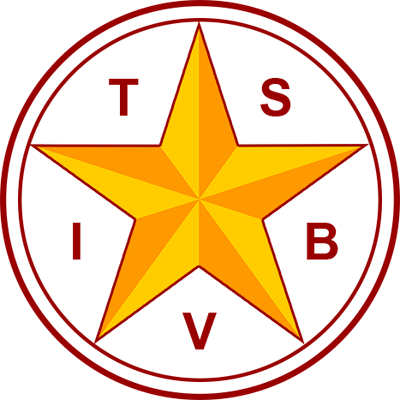ADOPTION OF READING INSTRUMENTS
TSBVI will review and consider any appropriate reading instruments that the commissioner has adopted to diagnose student reading development and comprehension. The Instructional Planning Council may adopt a list of reading instruments for use in the School, in addition to the reading instruments on the commissioner’s list. Each reading instrument appropriate for and accessible to students with visual impairment adopted by the Instructional Planning Council shall be based on scientific research concerning reading skills development and reading comprehension. A list of adopted reading instruments shall provide for diagnosing the reading development and comprehension of students participating in an ESL or special language program.
FIRST AND SECOND GRADE
If appropriate, the School shall administer, at the first- and second-grade levels, a reading instrument on the list adopted by the commissioner or by the Instructional Planning Council. The School shall administer the appropriate reading instrument in accordance with the Commissioner’s recommendations.
Seventh Grade
TSBVI shall administer a diagnostic reading instrument during the first six weeks of the school year to each student in grade 7 whose performance on the grade 6 state reading assessment did not meet the passing standard. A student in grade 7 who does not have a score for the state reading assessment in grade 6 may be given an equivalent comprehension assessment. If that student does not meet the passing standard, the student must be administered the diagnostic reading assessment.
TSBVI will use the Johns Basic Reading Inventory and/or an alternate diagnostic reading instrument. If an alternate diagnostic reading instrument is used pursuant to TSBVI’s MOU with TEA, it must:
- Be based on published scientific research in reading;
- Be age and grade-level appropriate, valid, and reliable;
- Identify specific skill difficulties in word analysis, fluency, and comprehension; and
- Assist the teacher in making individualized instructional decisions based on the assessment results.
Reports
The Superintendent shall:
- Report to the commissioner and the Board the results of the reading instruments; and
- Report, in writing, to a student’s parent, or guardian, the student’s results on the reading instrument through the ARD/IEP process.
The results of reading instruments may not be used for purposes of appraisals, incentives, or accountability. The reading instruments specified in this policy are required only if funds are appropriated for administering them. Funds may be used to pay the cost of administering a reading instrument only if the instrument is on the list adopted by the commissioner.
NOTICE TO PARENTS
The local school district shall notify the parent or guardian of each student in first grade or second grade who is determined, on the basis of reading instrument results, to be at risk for dyslexia or other reading difficulties. The local school district shall make a good-faith effort to ensure that this notice is provided in person or by regular mail, is clear and easy to understand, and is written in English and in the parent or guardian’s native language.
READING INSTRUCTION PROGRAM
TSBVI shall implement a reading instruction program pursuant to students’ IEPs to diagnose student reading development and comprehension and train educators to administer the tests. TSBVI shall determine the form, content, and timing of that program. [See EHBC]
Education Code 28.006; 19 TAC 101.6001
Adopted: 11/19/99
Amended: 1/31/03, 1/25/13, 11/15/18
Reviewed: 1/24/02
